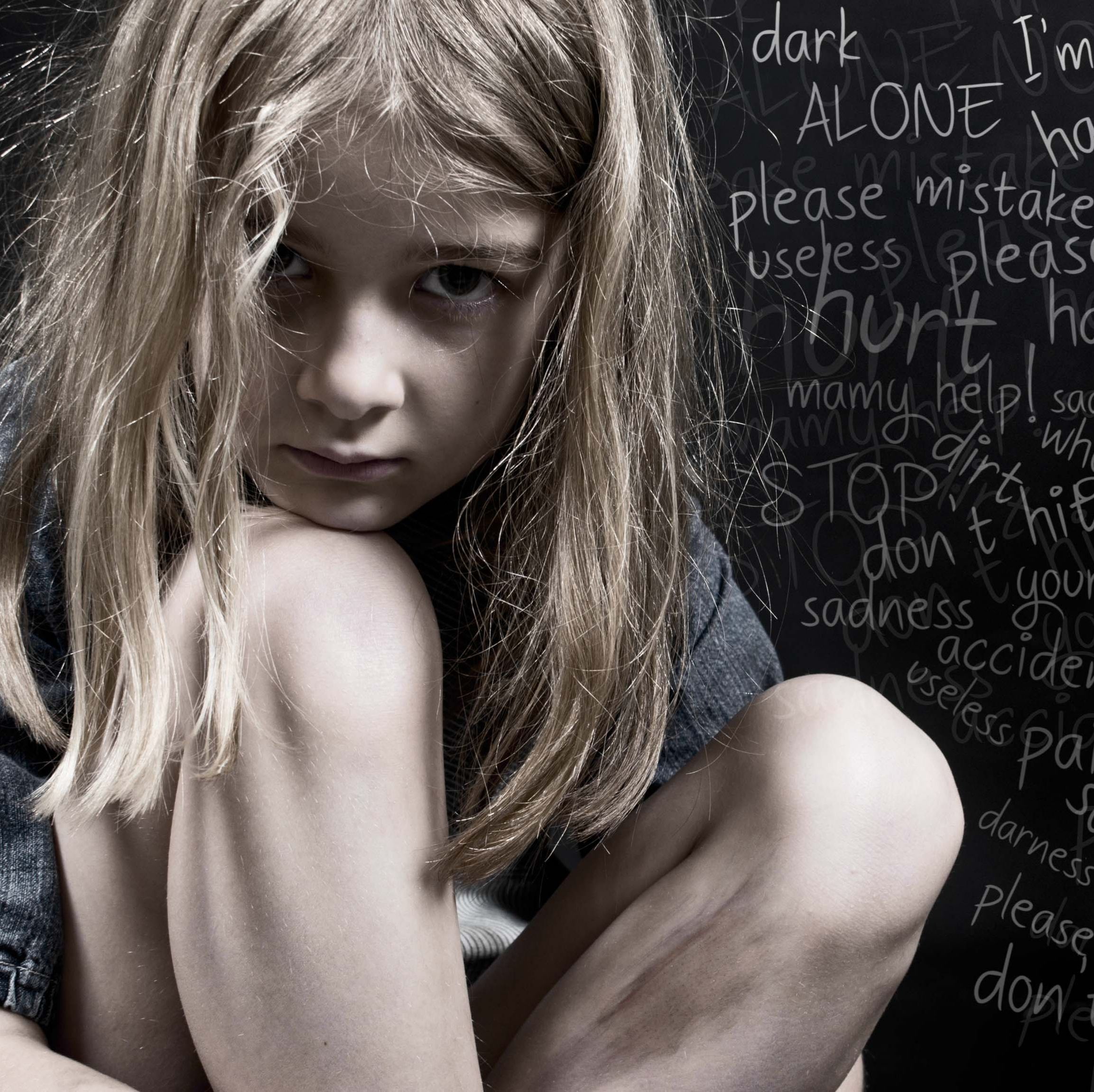How Sexual Trauma Is Connected To Mental Illnesses
| Parents become especially political when their children's lives are at stake. We see this when parents are dependent on the govt. to provide and education for their kids. We also see this when parents face the reality that their child was harmed by exploitation. This is why the "war on drugs" has a legitimate role in protecting kids from pushers. This is also why parents have pushed for the lifetime 'branding' of serious sex offenders and restricting where those sex offenders can live, travel, and associate with. Being violated sexually is an extremely traumatic crisis. This is especially true for the developing child. Repeated trauma greatly increases the stress on the developing mind. The emotion-processing part of the brain is hit with more than it can sort out. Human nature leads individuals to seek to shut out their emotional centers, as a defense mechanism. That is the worst recipe for mental health. When kids keep these dark secrets hidden, the damage sets in... often permanently. The National Institute of Health posted this; "In a patient series of 115 eating-disordered women, a secondary diagnosis of borderline personality disorder was associated with a reported history of sexual abuse. The association was specifically with childhood sexual abuse (first experience at less than 14 years), rather than with abuse later in life or with intrafamilial experiences. A model involving background features, precipitants, and immediate and long-term psychological consequences is suggested to explain this specific link to childhood abuse." | Editor's Note: I am a teacher of the NAMI education series called "Family to Family". I teach families who care for a loved one with a mental illness. Officially, NAMI comes just short of declaring that sexual exploitation is often in the background history of many people with two significant mental illnesses; Post Traumatic Stress, and Borderline Personality Disorder. - David Van Risseghem |
The Deadly Complications
Sufferers of these two illnesses may harm others, but they especially face a higher risk of harming themselves. This is a leading indicator for suicide potential.
| Post-Traumatic Stress Disorder Definition PTSD is a disorder that develops in some people who have experienced a shocking, scary, or dangerous event. It is natural to feel afraid during and after a traumatic situation. Fear triggers many split-second changes in the body to help defend against danger or to avoid it. This “fight-or-flight” response is a typical reaction meant to protect a person from harm. Nearly everyone will experience a range of reactions after trauma, yet most people recover from initial symptoms naturally. Those who continue to experience problems may be diagnosed with PTSD. People who have PTSD may feel stressed or frightened even when they are not in danger. Signs and Symptoms Not every traumatized person develops ongoing (chronic) or even short-term (acute) PTSD. Not everyone with PTSD has been through a dangerous event. Some experiences, like the sudden, unexpected death of a loved one, can also cause PTSD. Symptoms usually begin early, within 3 months of the traumatic incident, but sometimes they begin years afterward. Symptoms must last more than a month and be severe enough to interfere with relationships or work to be considered PTSD. The course of the illness varies. Some people recover within 6 months, while others have symptoms that last much longer. In some people, the condition becomes chronic. A doctor who has experience helping people with mental illnesses, such as a psychiatrist or psychologist, can diagnose PTSD. To be diagnosed with PTSD, an adult must have all of the following for at least 1 month:
Read more on this condition, here. | Borderline Personality Disorder Definition Borderline personality disorder (BPD) is a serious mental disorder marked by a pattern of ongoing instability in moods, behavior, self-image, and functioning. These experiences often result in impulsive actions and unstable relationships. A person with BPD may experience intense episodes of anger, depression, and anxiety that may last from only a few hours to days. Some people with BPD also have high rates of co-occurring mental disorders, such as mood disorders, anxiety disorders, and eating disorders, along with substance abuse, self-harm, suicidal thinking and behaviors, and suicide. While mental health experts now generally agree that the label "borderline personality disorder" is very misleading, a more accurate term does not exist yet. Signs and Symptoms People with BPD may experience extreme mood swings and can display uncertainty about who they are. As a result, their interests and values can change rapidly. Other symptoms include
Read more on this condition, here. |



